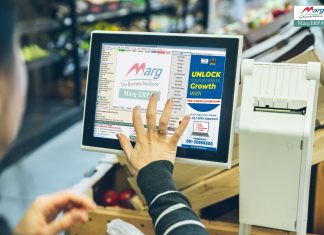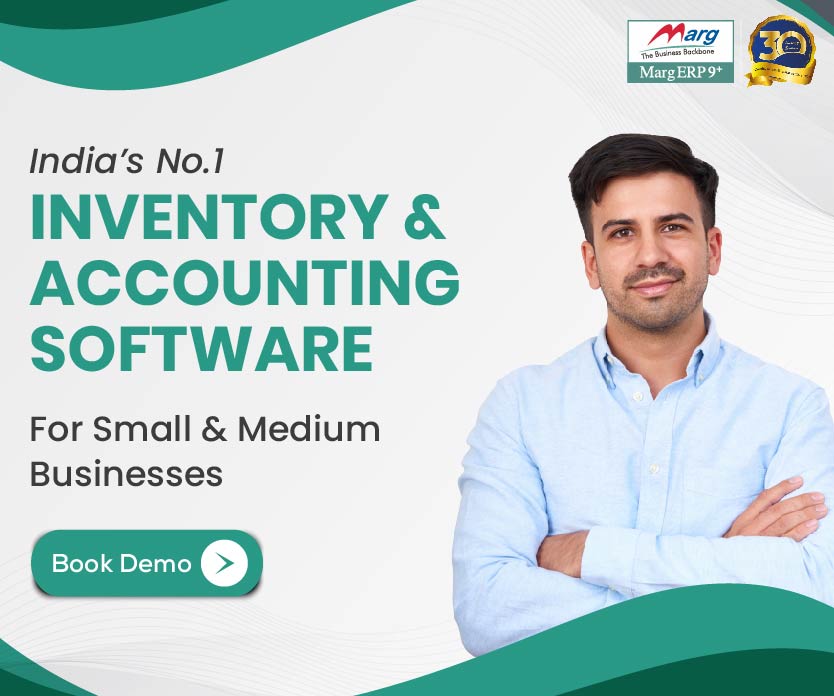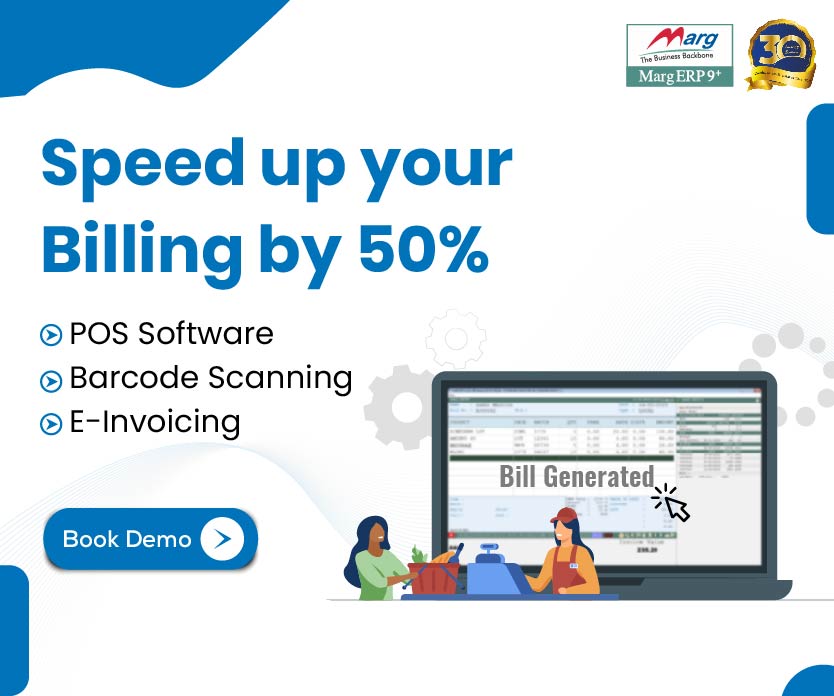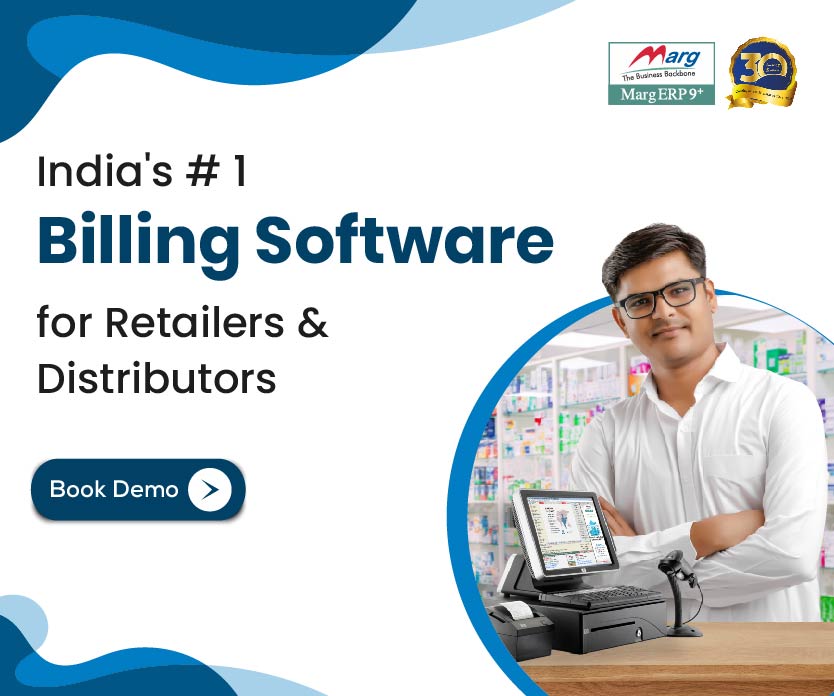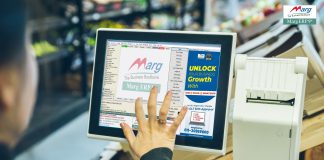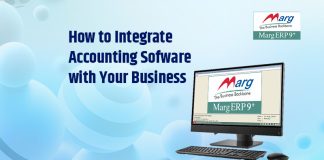Trending Now
DON'T MISS
- All
- Aadhar Card
- Accounting
- Accounting Sofware
- Automobile Business
- Awards
- Banking
- Billing Software
- Budget
- Bureaucracy
- Business
- Certificate
- Copyright
- CRM
- Distributor Management Software
- E-INVOICING
- E-Way Bill
- Education
- EPF
- Featured
- Finance
- financial
- FMCG
- FUNDS
- FUNDS
- Garment Software
- Government Saving Schemes
- Government Schemes
- Grocery Store
- growth
- GST
- GST Guide
- GST Impact
- GST Invoice Generator
- GST Updates
- GSTR
- Guest Posts
- Health
- Hindi
- Hospital Billing Software
- HSN Code
- INCOME
- Income Tax
- Insurance
- Integrated Banking
- Inventory Software
- Investment
- Invoicing
- Jewellery Software
- Latest News
- Law
- license
- Marg Books
- Marg Mart
- Marg Shortcut Keys
- Mobile Store Software
- MR Reporting Software
- Mutual Funds
- New at Marg
- Online
- Online Accounting Software
- Pan Card
- Payroll Software
- Pharma Software
- Pharmacy Software
- POS Software
- Product Features
- Ranking
- Real Estate
- Registration
- Restaurant Software
- salon software
- SME Guide
- Stock
- Tax
- Trademark
- Updates by Gov. of India
- Warehouse Management Software
More
Grow Your Shop with Custom Retail Software – The Best Retail...
Running a retail shop is not easy. You must take care of customers, stock, billing, and many other things. However, one tool can make your work simple and fast. That tool is retail software.
In this article, you will learn...










